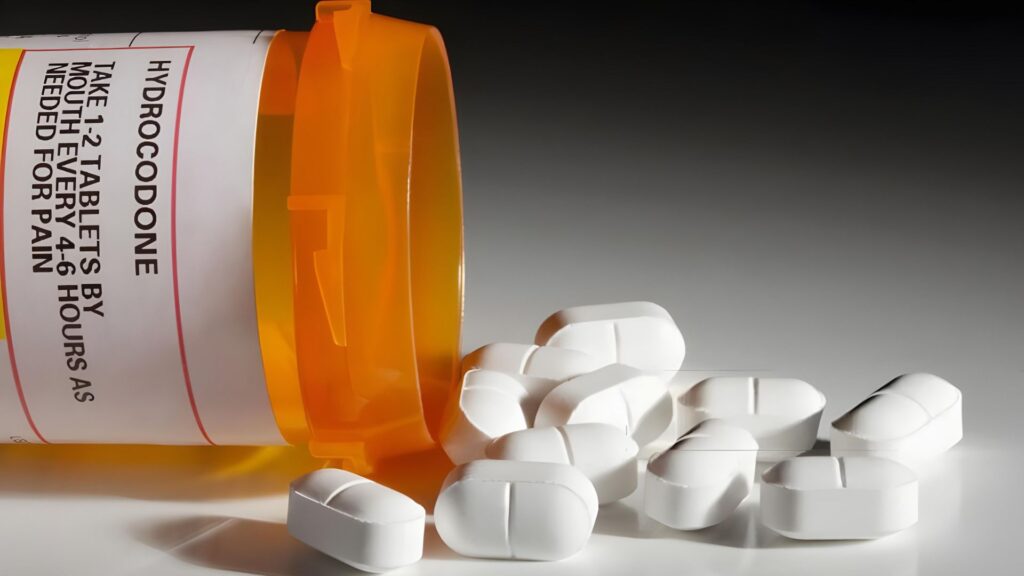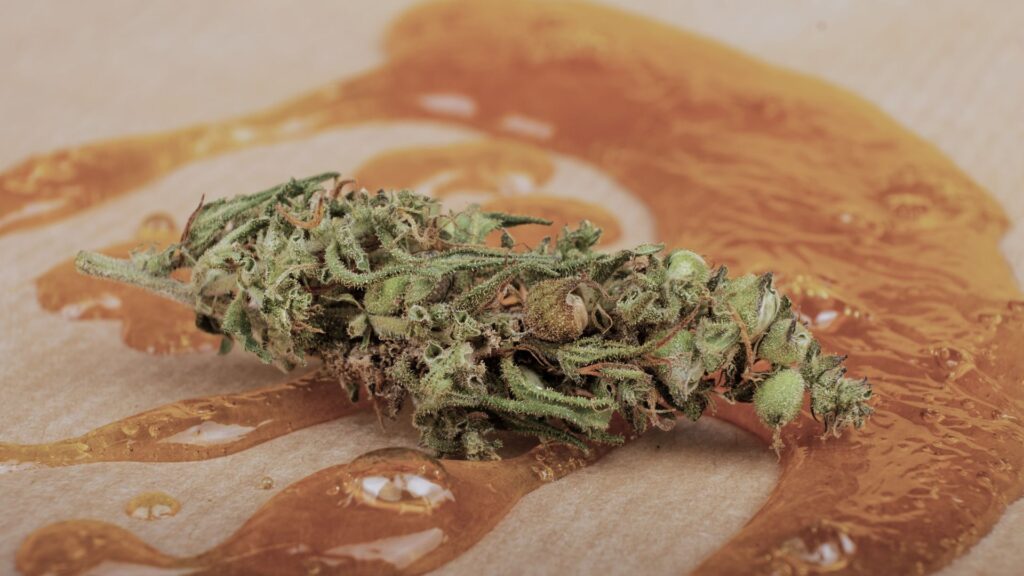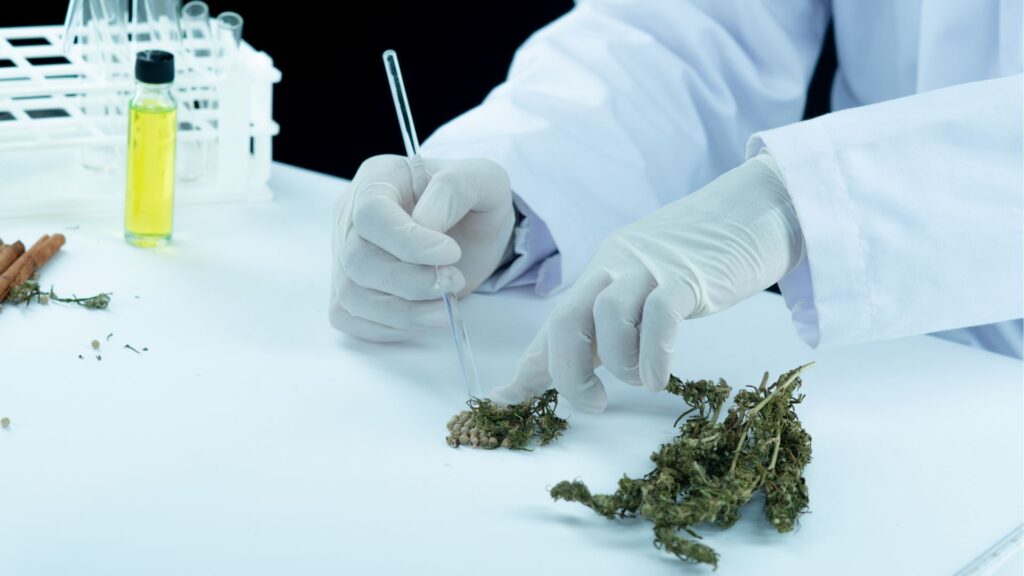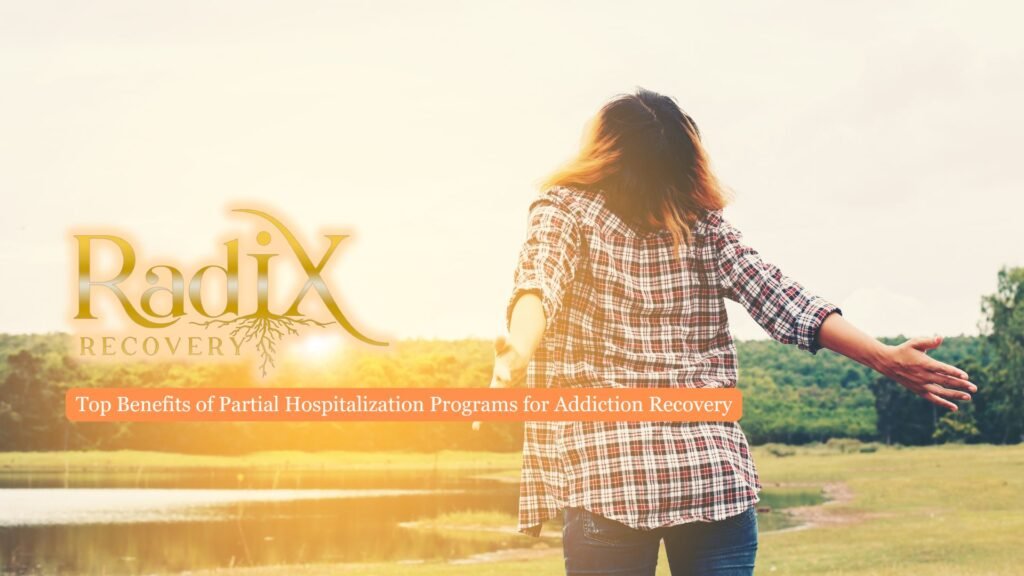Co-occurring disorders, often referred to as dual diagnosis, describe the condition in which an individual experiences both a substance abuse problem and a mental disorder at the same time. This complex interplay between substance abuse and mental health challenges is more common than many realize, affecting millions of people worldwide.
This article explores what co-occurring disorders are, their common types, causes, and the integrated approaches necessary for effective treatment and lasting recovery.

The Connection Between Mental Health and Substance Use Disorders
Co-occurring mental illness refers to the simultaneous presence of a mental health disorder, such as depression, anxiety, bipolar disorder, or schizophrenia, and a substance use disorder within the same individual.
Research shows that people with co-occurring disorders often experience more severe symptoms, greater functional impairment, and increased challenges in treatment compared to those with a single diagnosis. This relationship is bidirectional: mental health problems can lead individuals to misuse substances as a form of self-medication, while substance use can trigger or worsen symptoms of mental illness by altering brain chemistry and function. Both conditions share common risk factors, including genetic vulnerabilities, early exposure to trauma or stress, and changes in brain composition.
Because the symptoms of each disorder can amplify those of the other, integrated and simultaneous treatment is essential for improving outcomes and supporting long-term recovery for people with co-occurring disorders.
Most Common Types of Co-Occurring Disorders
Common types of co-occurring disorders include a range of mental health conditions that frequently interact with substance abuse, complicating both diagnosis and treatment. These disorders include combinations such as alcohol use disorder with mood disorders, which is the most prevalent comorbidity pattern among psychiatric inpatients, accounting for nearly one-third of cases.
Mood disorders like depression and bipolar disorder, which can significantly affect emotional stability, are often seen alongside substance misuse.
Anxiety disorders are also commonly co-occurring, with conditions such as generalized anxiety disorder, panic disorder, and social anxiety disorder frequently present in individuals struggling with substance use.
Personality disorders, including borderline personality disorder, narcissistic personality disorder, and histrionic personality disorder, are another group of mental health conditions that often co-occur with addiction, leading to more severe symptoms and complex treatment needs.
Other frequently observed co-occurring disorders include post-traumatic stress disorder (PTSD), attention-deficit/hyperactivity disorder (ADHD), obsessive-compulsive disorder, and schizophrenia.
Here you can read more about the difference between dual diagnosis and co-occurring disorders.
Causes and Risk Factors
Both mental health disorders and substance use issues often share overlapping risk factors, such as genetic predisposition—meaning these conditions can run in families—and early exposure to trauma, chronic stress, or adverse childhood experiences.
Environmental factors like chaotic home environments, ineffective parenting, lack of parental involvement, and affiliations with peers who misuse substances further increase vulnerability to both substance use and mental health problems.
Brain chemistry also plays a significant role: imbalances in neurotransmitters such as dopamine and serotonin can increase the risk for both types of disorders, and both substance use and mental health conditions can affect similar regions of the brain that govern stress and reward pathways.
People with one mental health disorder may turn to substances as a form of self-medication, which can lead to addiction and, over time, worsen their mental health symptoms or trigger another mental health issue.
Conversely, prolonged substance use can cause changes in brain structure and function, making individuals more susceptible to developing a mental health disorder.
Social factors, including peer pressure, lack of social support, and limited access to quality mental health care, also contribute to the risk of developing co-occurring disorders.

Signs and Symptoms
Individuals may exhibit behavioral changes such as sudden mood swings, emotional instability, withdrawal from family and friends, and loss of interest in previously enjoyed activities. Risky or impulsive behaviors, erratic actions, and associating with others who misuse substances are also common.
Physical symptoms can include noticeable weight changes, disrupted sleep patterns (insomnia or hypersomnia), persistent fatigue, poor hygiene, and unexplained health complaints. Cognitive symptoms may present as confusion, difficulty concentrating, paranoia, and episodes of disorientation.
Substance use-related signs include loss of control over substance use, developing tolerance and withdrawal symptoms, using substances in dangerous situations, and engaging in secretive or suspicious behaviors.
On the mental health side, individuals may experience extreme mood changes, persistent sadness or anxiety, thoughts of self-harm or suicide, and a decline in daily functioning such as missing work or school and neglecting responsibilities.
Integrated Treatment Approaches for Dual Diagnosis
Rather than treating each condition in isolation, integrated treatment combines mental health treatment and addiction treatment into a unified, comprehensive strategy, ensuring that both issues are addressed simultaneously within a single treatment plan.
This approach typically involves a multidisciplinary team, including psychiatrists, therapists, addiction specialists, and case managers, who collaborate to deliver coordinated care tailored to the individual’s needs.
Treatment options within integrated care often include evidence-based therapies such as cognitive behavioral therapy (CBT), dialectical behavior therapy (DBT), motivational enhancement therapy, and family therapy, as well as medication management when appropriate.
Group therapy and dual-focused support groups also play a key role in helping individuals develop coping skills and build a supportive community. Integrated treatment plans are adaptable across different levels of care, from inpatient rehab and medical detox to outpatient and aftercare programs, ensuring continuity and flexibility throughout the recovery process.
Final Thoughts from Radix Recovery
Choosing the right treatment center is a vital step for anyone facing the challenges of co-occurring mental disorders and substance abuse.
At Radix Recovery, our dual diagnosis program is built on the understanding that effective substance abuse treatment must address both addiction and underlying mental health conditions together, not separately. Our integrated approach combines evidence-based therapies, personalized treatment plans, and a compassionate, supportive environment to help you break the cycle of relapse and achieve lasting recovery.

